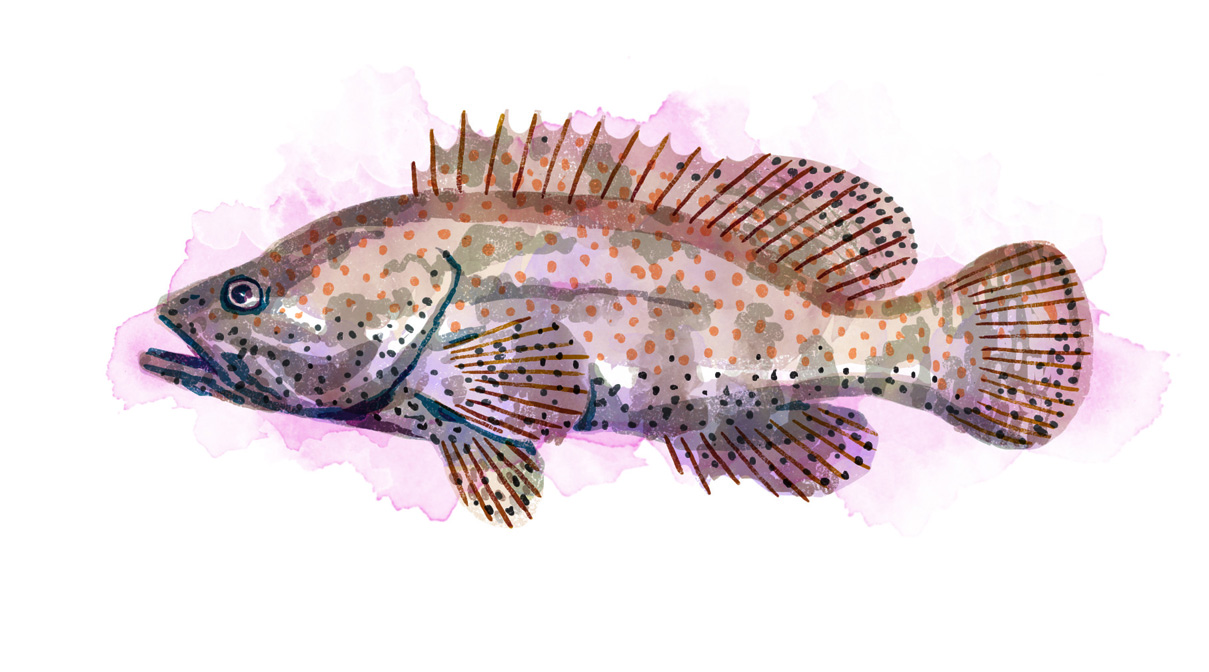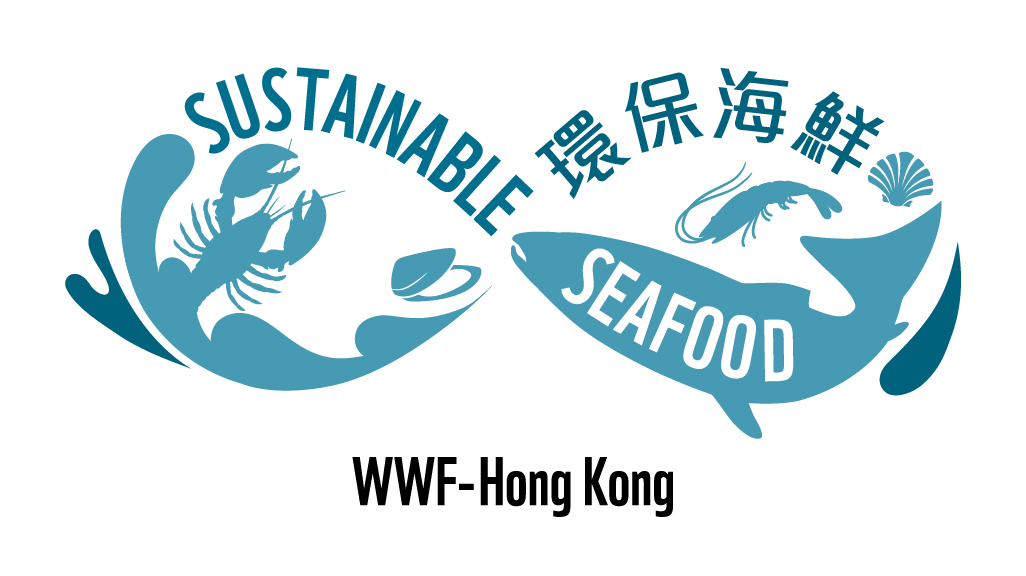
Hatchery-based
This species is carnivorous, with feed relying on trash fish and components not always traceable. It has a high fish-in-fish out ratio, meaning large volumes of fish are needed to produce one kilogram of grouper.
Since net cages fully open to the sea, untreated waste is discharged directly into the natural environment. There is a high waste discharge rate. The habitat alteration is moderate. The escape risk is high, and competition may occur between escapees and wild species with disease transfer a possibility. Tiger groupers can host different parasites, but the environmental impact is unknown. A variety of veterinary drugs is used for treatment as the species can be affected by both viral and bacterial diseases.
The regulatory framework in this region covers many aspects, such as chemical use, disease control, water use, etc. However, all management aspects contain insufficient information in order to assess effectiveness. Hence, Indonesia’s overall regulatory framework is marginally effective.

